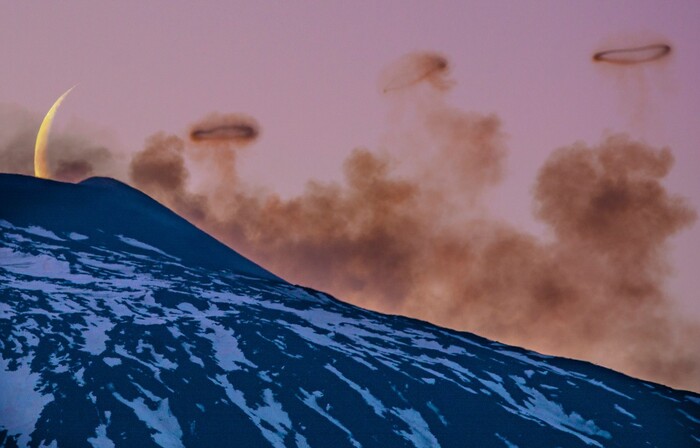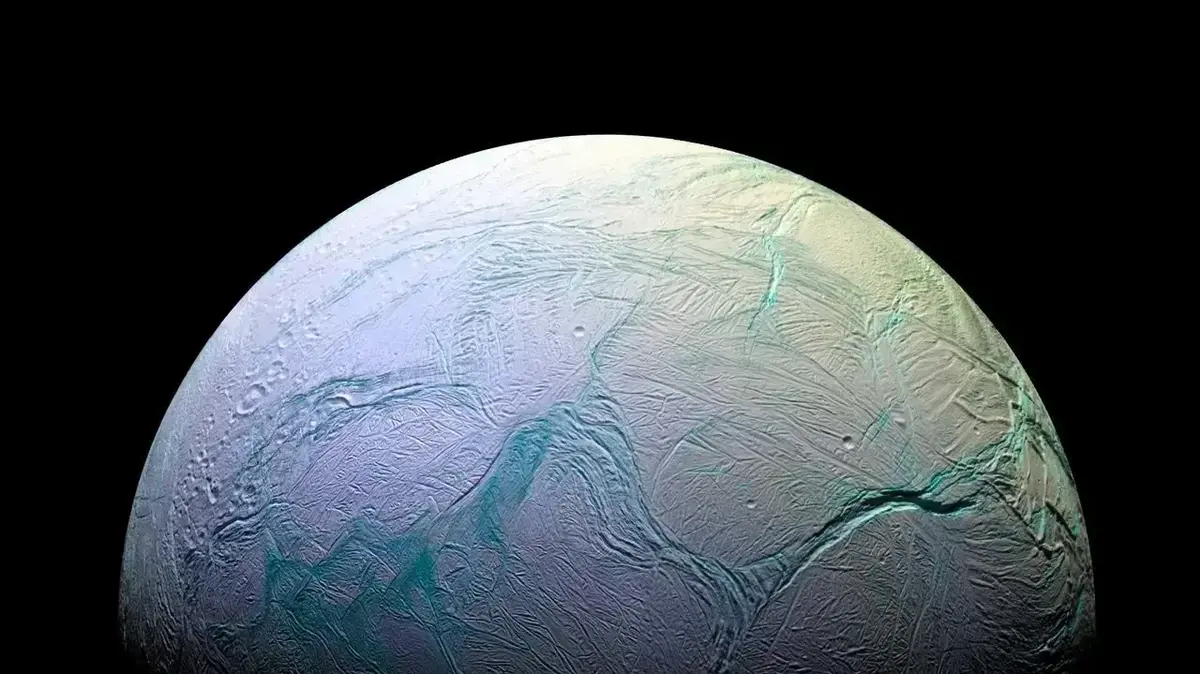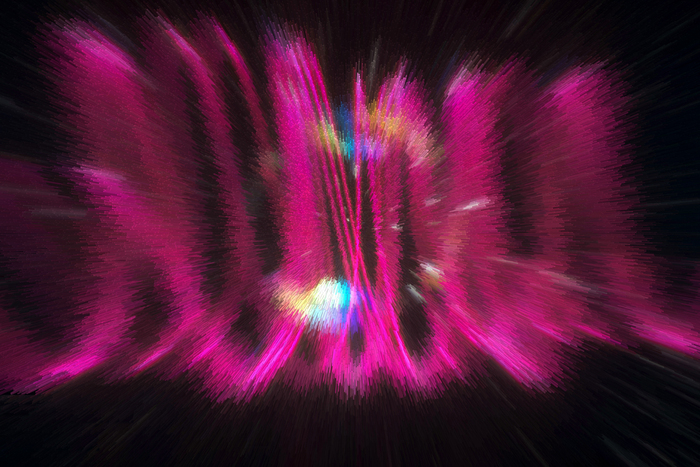The new theory about what the rings of Saturn would be 0:57
(CNN) --
With its striking rings and tilted axis, Saturn is the most striking planet in the solar system.
Now scientists say they have a new theory about how the gas giant got its characteristic look.
The planet's rings could be from an ancient, missing moon, according to space scientists at the Massachusetts Institute of Technology and the University of California, Berkeley.
Today, Saturn has 82 moons, according to NASA.
The research team proposed that the ringed planet may have had another planet that once orbited the planet for a few billion years.
But about 160 million years ago, this moon became unstable and got too close to Saturn that it shattered the moon.
While the gas giant likely swallowed 99% of the moon, the rest was left suspended in orbit, breaking off into tiny chunks of ice that eventually formed the planet's rings, scientists suggested.
advertising
New "majestic" images from the Webb telescope reveal secrets of star birth
Previous research had estimated that Saturn's rings were 100 million years old, much younger than the planet itself, although their age is a hotly debated topic.
This latest study provides a possible explanation for its later origin.
"A variety of explanations have been offered, but none are entirely convincing. The good news is that the previously unexplained young age of the rings is explained naturally in our scenario," said study author Jack Wisdom, a professor of planetary science at the Massachusetts Institute of Technology, in a press release.
The new research, published Thursday in the journal Science, is based on computer models using measurements made in 2017 at the end of NASA's Cassini mission, which spent 13 years exploring Saturn and its moons.
Saturn's unusual tilt
The latest view of Saturn from NASA's Hubble Space Telescope captures exquisite detail of the ring system.
The study also sheds light on two other puzzling features of Saturn.
Previously, astronomers suspected that the planet's 26.7 degree tilt came from gravitational interactions with its neighbor Neptune, but according to the study, the missing moon theory may provide a better explanation.
The two planets may have once been in sync, and the loss of a moon could have been enough to dislodge Saturn from Neptune's pull and leave it with its current tilt.
"The tilt is too large to be the result of known formation processes in a protoplanetary disk or of subsequent large collisions," Wisdom said.
Saturn's ice moon could be a potentially habitable 'stealth' ocean world
Scientists believe that the same event may have caused Saturn's moon Titan, which is the second largest moon in the solar system and larger than the planet Mercury, to embark on its curious orbit.
The moon is rapidly migrating away from Saturn at about 11 centimeters (4.3 inches) per year, the study noted.
The researchers named the lost moon Chrysalis, after the way they think it transformed the planet.
"Like the chrysalis of a butterfly, this satellite was dormant for a long time and suddenly it became active, and the rings came into being," Wisdom said.
He added that the research told "a pretty good story" but would have to be tested and scrutinized by other astronomers.
Saturn









